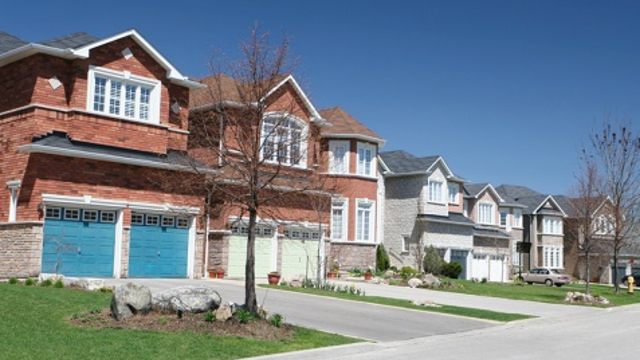
A household is in core housing if its housing does not meet one or more of the adequacy, suitability or affordability standards, and it would have to spend 30% or more of its before-tax income to access acceptable local housing. - Adequate housing is reported by their residents as not requiring any major repairs.
- Affordable housing costs less than 30% of total before-tax household income.
- Suitable housing has enough bedrooms for the size and make-up of resident households according to National Occupancy Standard (NOS) requirements.
CMHC estimates and publishes core housing need every five years using the Census of Canada, and annually, using the Canadian Income Survey.Based on data from Statistics Canada’s 2015 Canadian Income Survey, 1.5 million urban households, or 13.5% of all Canadian households living in urban areas, were in core housing need in 2015. This proportion was similar to that in 2014, considering the statistical accuracy of the estimate based on this survey.This number indicates that the proportion of Canadian households in housing need has remained almost the same since 2006.British Columbia was the province with the highest proportion of urban households in core housing need. The provinces of British Columbia, Ontario and Nova Scotia had a higher proportion of urban households than the national average in 2015. On the opposite end of the spectrum, Prince Edward Island, Newfoundland and Labrador, and New Brunswick were the provinces with the lowest proportions of urban households in core housing need in 2015. Around 702,000 households (half of urban households in core housing need), were living in Ontario in 2015.Affordability, especially for renters still remains to be a key challenge for the Canadian government. The proportion of Ontarian households with unacceptable housing has significantly increased; close to 1 in 7 households were in core housing need in 2016, an increase of 130,000 households in absolute numbers compared to 2011.
